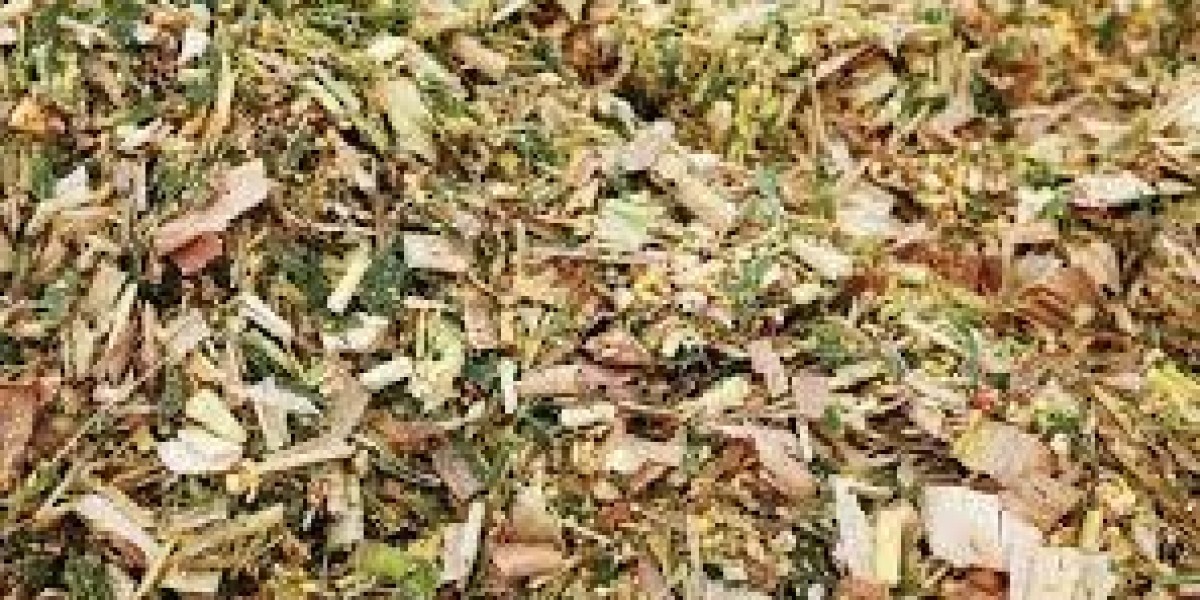Dry matter is a fundamental concept that finds extensive use in various industries and scientific disciplines. It refers to the solid material that remains after the removal of all moisture content from a given substance. This article will delve into the multifaceted aspects of dry matter, exploring its significance in agriculture, food production, environmental studies, biomass conversion, analytical chemistry, and more.
1. What is Dry Matter?
Dry matter is the mass of a material when all water and moisture have been extracted or removed. It is the essence that remains after the evaporation of liquids, leaving behind the solid components. This concept is widely applicable and plays a vital role in several areas due to its stable and consistent nature.
2. Importance of Dry Matter in Various Fields
2.1 Agriculture and Forage Production
In agriculture, dry matter is a crucial parameter in determining the nutritional value of forage and fodder. It helps farmers understand the quality and quantity of nutrients available to their livestock, aiding in proper diet formulation and optimal animal health.
2.2 Food Industry
In the food industry, dry matter analysis is essential for preserving and processing food products. Understanding the concentration of dry matter assists in determining the shelf life, texture, and taste of various food items.
2.3 Biomass and Bioenergy
Dry matter content is of utmost importance in biomass and bioenergy production. Efficiently measuring the dry matter helps researchers and industries maximize energy output while minimizing waste during the conversion process.
2.4 Environmental Studies
Dry matter analysis is employed in environmental studies to assess the composition and potential pollutants in soil, air, and water samples. It enables scientists to make informed decisions about environmental conservation and management.
3. Measuring Dry Matter
3.1 Methods and Techniques
Several methods are used to measure dry matter content, including oven drying, freeze-drying, and moisture analyzers. Each method has its advantages and limitations, and the choice of technique depends on the nature of the sample and the desired accuracy.
3.2 Factors Affecting Dry Matter Content
Various factors can influence the dry matter content of a substance, such as climate conditions, storage methods, and processing techniques. Understanding these factors is crucial for accurate measurements and consistent results.
4. Role of Dry Matter in Livestock Nutrition
For livestock farmers, knowing the dry matter content of animal feed is vital to provide a balanced and nutritious diet. Dry matter affects the digestibility and palatability of the feed, directly impacting the health and productivity of the animals.
5. Applications of Dry Matter in Drying Processes
In industrial settings, drying processes are used for preserving and processing materials. Understanding increase dry matter allows for efficient drying techniques that save energy and enhance product quality.
6. Utilizing Dry Matter in Biomass Conversion
Dry matter content significantly influences the efficiency of biomass conversion processes. Researchers and engineers focus on optimizing the dry matter content to maximize the yield of biofuels and other valuable products.
Conclusion
Dry matter is a fundamental concept with diverse applications across various industries and scientific fields. Its role in agriculture, food production, environmental studies, biomass conversion, and more showcases its relevance and importance. Accurate measurement and understanding of dry matter are vital for making informed decisions and driving innovation in countless domains.
 " class="wow_main_float_head_img">
" class="wow_main_float_head_img">







